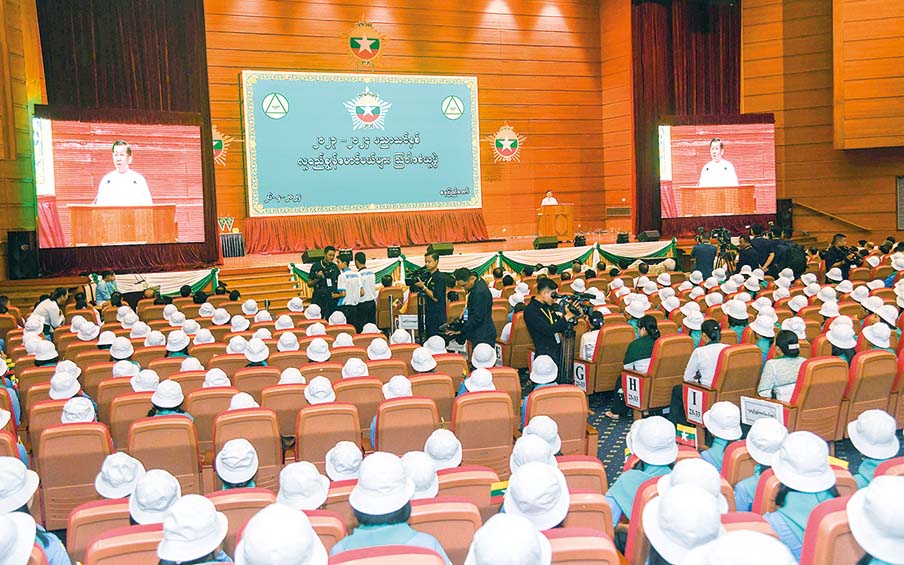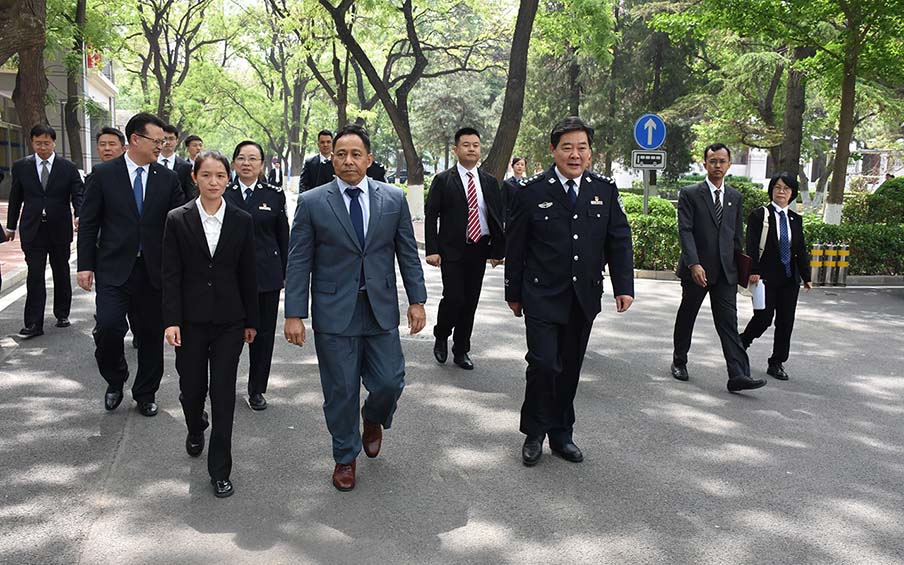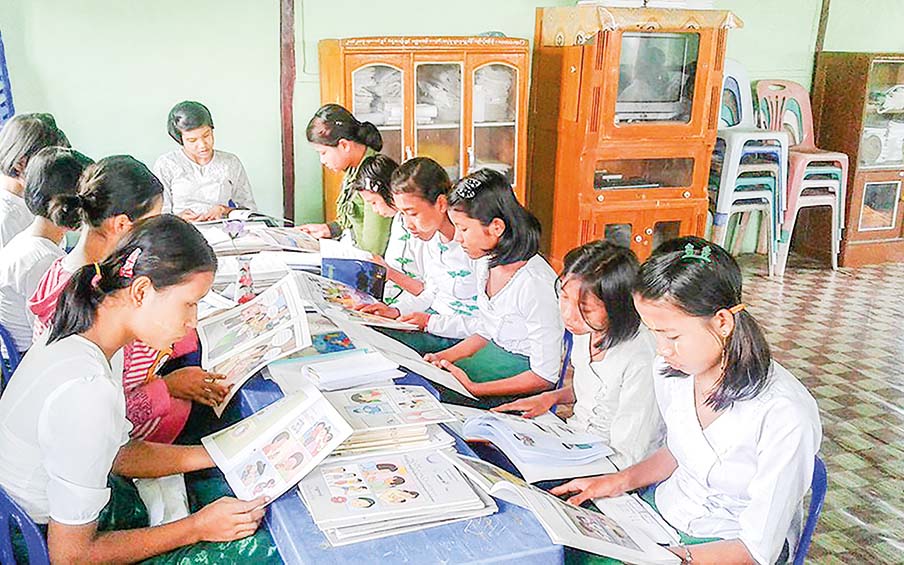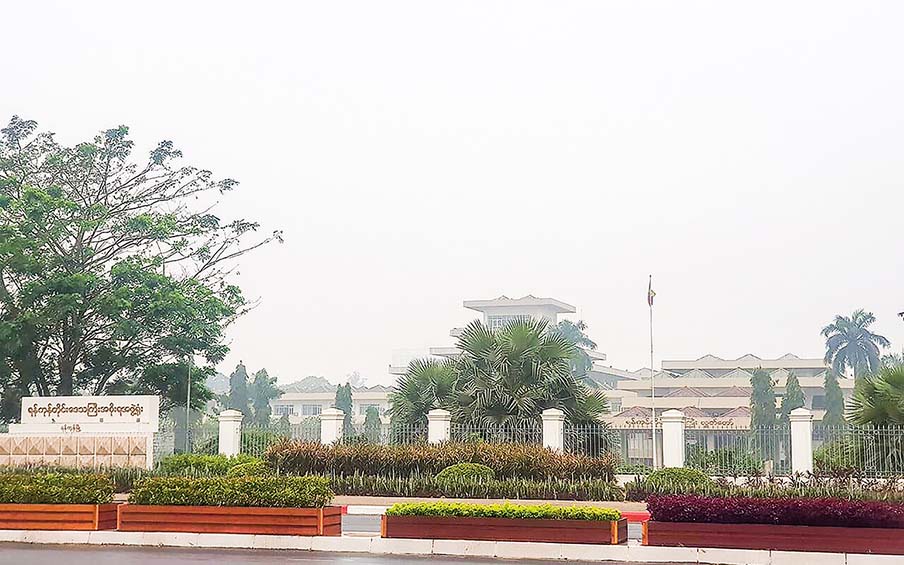By Hu Wo (Cuckoo’s Song)
It is well known that social skills play an essential role in this 21st century almost everywhere, including international study programs on a scholarship. Such programmes often call for the social development of adolescents, for instance, communicative and collaborative skills, in that they will meet adolescents of their own ages under diverse cultures from different parts of the world. Social development can be herein defined as the progressive improvement through the direct activity of each individual in the comprehension of social heritage and the formation of flexible conduct patterns of reasonable conformity with this heritage.
There are found certain aspects of adolescent social development as fundamental and influence upon the youth’s maturing personal characteristics. Speaking clearly, an adolescent wants to be liked by his peers. Also, he attempts to his behaviour in terms of what he considers to represent the standards of peer groups. The adolescent may say he wants complete freedom, but he will need somebody to have sympathy towards his troubles, thwarting and conflicts. In this context, he usually seeks to choose friends among the opposite sex and prepares for life partners. During the middle adolescent period, he shows more interest in the opposite sex than the same sex, also in the conduct of his family, his home appearance and his father’s vocational activities. He is, therefore, constantly striving for status, his own appearance and outward behaviour included. Exceptionally, some adolescents become isolated because they have no social dealings at all, due to either physical unattractiveness, lack of suitably presentable clothes, poise or sensitivity to adverse criticism.
As regards the social development of adolescents, Bronfenbrenner’s Ecological Theory focuses on the social contexts in which adolescents live and the people who influence their development. This theory comprises five environmental systems ranging from close interpersonal interactions to broad-based influences of culture: microsystem, mesosystem, exosystem, macrosystem, and chronosystem. The microsystem is a setting in which every individual spends considerable time having direct interactions with his family, peers, school and neighbourhood. He reciprocally interacts with others and helps to construct the setting. The mesosystem simply covers linkages between microsystems. The exosystem lies at work when experiences in a setting where the adolescent does not have an active role influence what they and their teachers meet with the immediate context. The macrosystem involves the broader culture that takes the roles of ethnicity and socioeconomic factors in adolescent development. At last, the chronosystem deals with the sociohistorical conditions of adolescent development.
Bronfenbrenner’s analysis of social contexts is complemented by Erikson’s Eight Stages of Human Development. Each stage contains a developmental period which confronts individuals with a crisis between positive and negative sides. These stages are as follows – Trust versus Mistrust (1st-year infancy), Autonomy versus Shame and Doubt (2nd-year infancy), Initiative versus Guilt (between the ages of 3 and 5), Industry versus Inferiority (six years of age to puberty), Identity versus Identity Diffusion (10-20 years of age), Intimacy versus Isolation (20s, 30s), Generativity versus Stagnation (40s, 50s), and Integrity versus Despair (60s onwards). According to the above-mentioned stages, it cannot be said for sure that a person will have all the positive sides through his whole lifespan. Only if the person is well cultivated and developed or grows up sound as a bell will he have possessed the positive sides for certain. Thus, a teacher should encourage initiative in young children; promote industry in elementary school children; stimulate identity exploration in adolescence; examine his life just as a teacher through the lens of Erikson’s eight stages; and benefit from the characteristics of some of Erikson’s other stages.
On the basis of Erikson’s work are James Marcia’s Four Identity Statuses identified from the in-depth interviews with adolescents. Adolescents in the state of FORECLOSURE have never experienced an identity crisis. Instead, they have prematurely established a pseudo-identity based on their parents’ choices rather than their own. Adolescents facing IDENTITY DIFFUSION have not found an occupational direction nor an ideological commitment of any kind except that they have made little progress towards these two ends. In such a context, they may have felt the above-shown identity crisis that would not be resolved by them. Adolescents in the status of MORATORIUM have begun to experiment with occupational and ideological choices but have not yet made definitive commitments to either. Those directly in the midst of an identity crisis are currently examining alternate life choices. IDENTITY ACHIEVEMENT signifies the condition of identity consolidation in which adolescents have autonomously and freely made their clear-cut decisions about occupation and ideology, reflecting their true colours and deep inner commitments, mostly between the ages of 18 and 22.
As children enter adolescence, friendship changes also take place naturally. In general, adolescents spend more time with their peers than with family members or by themselves. Adolescents who have satisfying and harmonious friendships report higher levels of self-esteem, are less lonely, have more mature social skills, and do better in school than do the ones who lack supportive friendships. During adolescence, the capacity for mutual understanding and the knowledge that others are unique individuals with their own feelings contribute to a dramatic increase in self-disclosure, intimacy, and loyalty among peers. Early adolescents usually strive to establish personal identities independent of those of their parents, increasingly looking to their peers for security and social support. Besides their close friends, most adolescents put a high value on the larger peer group as a source of ideas as well as companionship and entertainment.
Peer relationships in adolescence are of cliques and crowds with whom adolescents associate. A clique is a fairly small, intimate group that is defined by the common interests, activities, and peers of its members, whereas a crowd is a larger group described by its reputation. Allegiance to a clique or crowd is common during adolescence while not necessarily long-term or stable. Here, care should be taken that peer rejection and negative behaviour together can place adolescents at risk.
Children grow up in diverse families that impact greatly on adolescent socioemotional development. Some parents nurture and support their children while others treat them harshly or ignore them. Some children have encountered their parents’ divorce whilst others live their entire childhood in a never-separated family. Some even live in a stepfamily. There are children in an ethnically uniformed neighbourhood, and others in a more mixed one. Some families lead a poor life, but some are economically advantaged. Some children have siblings; others are an only child. These varied circumstances affect adolescents in and beyond the class.
According to Diana Baumrind, parents should be neither punitive nor aloof. Whatever is said, they will develop four parenting styles one way or another. Firstly, authoritarian parenting is restrictive and punitive. Authoritarian parents exhort their children to follow directions and respect them, planning firm limits or controls and allowing little verbal exchange. The children tend to be anxious about social comparison, fail to initiate activity and have poor communication skills. Secondly, authoritative parenting encourages children to be independent, despite still placing limits and controls on their actions. Extensive verbal give-and-take is allowed to them. They are self-reliant, delay gratification, get along with their peers and show high self-esteem. Thirdly, children of neglectful parents like to have poor self-control, do not handle independence well and are not motivated achievement. Fourthly, indulgent parents are given to let their children do what they want and get their way, believing in the combination of nurturant support and lack of restrictions that will produce a creative, confident child. The result is that these children do not usually learn to control their own behaviour as well as their parents must not take into account the overall development of the whole child.
Finally, the self occurs in the social development of adolescents. Often “I´´ is referred to as the self by psychologists. Two important aspects of the self are self-esteem and identity. Self-esteem means an individual’s overall view of himself, having the same meaning as self-worth or self-image. An adolescent with high self-esteem might perceive that he is not just a normal person but a good person. Low self-esteem is due to the fact that adolescents are not given adequate emotional support and social approval. For many adolescents, periods of low self-esteem come and go. On the other hand, persistent low self-esteem translates into other more serious problems such as low achievement, depression, eating disorders, and delinquency, the seriousness of which depends upon not only the nature of adolescent low self-esteem but also other conditions. When low self-esteem is compounded by difficult school transitions like the transition to middle school or family cases like divorce, adolescent problems can intensify. Moreover, the self-esteem of girls drops more than that of boys during adolescence. Among the reasons why self-esteem declines in both boys and girls are the upheaval in physical changes of puberty, increased achievement demands or expectations and inadequate support from schools and parents. However, this happens, because the social development of adolescents begins at home only, especially in the hands of parents, to my way of thinking.















